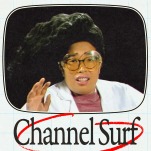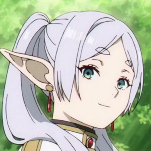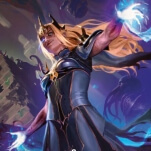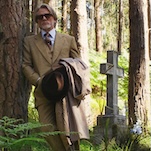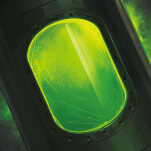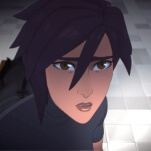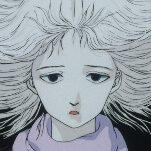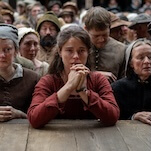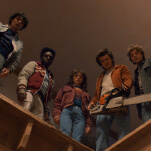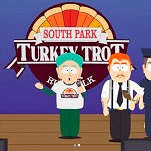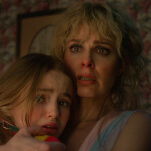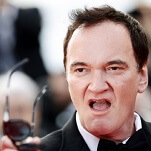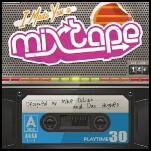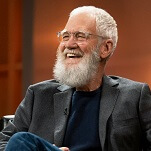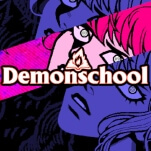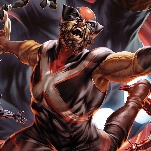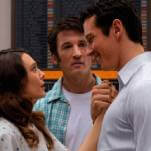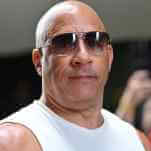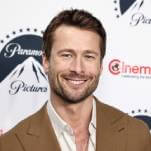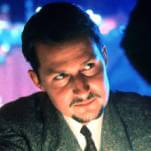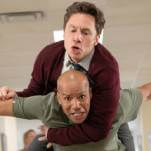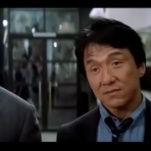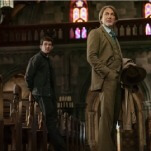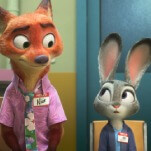But are they aimed at children? Over at Birth.Movies.Death, Devin Faraci has written an excellent piece that covers the history of superhero comics as well as how adult fare has been handled in the past. By charting the characters origins in funnybooks aimed at children, as well as the growing ages of the audience reading them, Faraci examines what it means when these childhood avatars for decency and power are used in mature contexts. The answer: when done well, and done right, it’s by high-minded people who are using a staid format to re-examine what it is that people (actually, secretly) love about the genre while also distorting it by holding a mirror up to real world problems. As Faraci says, there are examples for this R-rated brand of superhero, but it usually comes with a caveat:
There is certainly plenty of precedent when it comes to superhero stories that are, for lack of a better term, R-rated. Marvel had an entire line, Max, devoted to the concept. Some R-rated superhero stories have been good, but only a few have been great, and they all share one quality: they’re deconstructions.
Faraci looks at three major comic book works that transformed the superhero genre by taking an “adult” approach: Alan Moore’s Miracleman (Marvelman to some), Alan Moore’s Watchmen, and Frank Miller’s The Dark Knight Returns. By going into great detail of what each means, the eras in which they were created, Faraci is able to demonstrate that each was built on what came before: Moore’s work was a grounding of superheroics, but only out of a firm understanding of what they meant to people and a certain love for their simplistic charms; Miller chose to refute the Adam West Batman by plunging the DC universe into the modern day America where superheroes would become political pawns and/or fascistic icons. All three were developed with great thought and reverence to what preceded it and were used to examine a layered approach to the mentalities of the caped community.
It’s an excellent read that acts as a great primer on this discussion of adult-oriented comic book fare in light of the latest news. Will this R-rated superhero film typhoon that is surely ready to hit be filled with interesting attempts at re-examining tropes with an eye to the psychological, or is this simply wresting what should be childhood characters away from children who idolize them in the hopes of a big cash-in? Only time will tell.


